Table of Contents
Coneflower Care
Coneflowers, scientifically known as Echinacea, are beloved by gardeners for their vibrant colors, hardiness, and ability to attract pollinators. These perennial plants are native to North America and are a staple in many gardens due to their low-maintenance nature and long blooming season. Whether you’re a seasoned gardener or a beginner, this guide will provide you with everything you need to know about coneflower care.
In this article, we’ll cover the basics of coneflower care, including planting, watering, fertilizing, pruning, and dealing with pests and diseases. We’ll also explore the different varieties of coneflowers and how to use them in your garden design. By the end, you’ll have all the knowledge you need to grow healthy, thriving coneflowers.
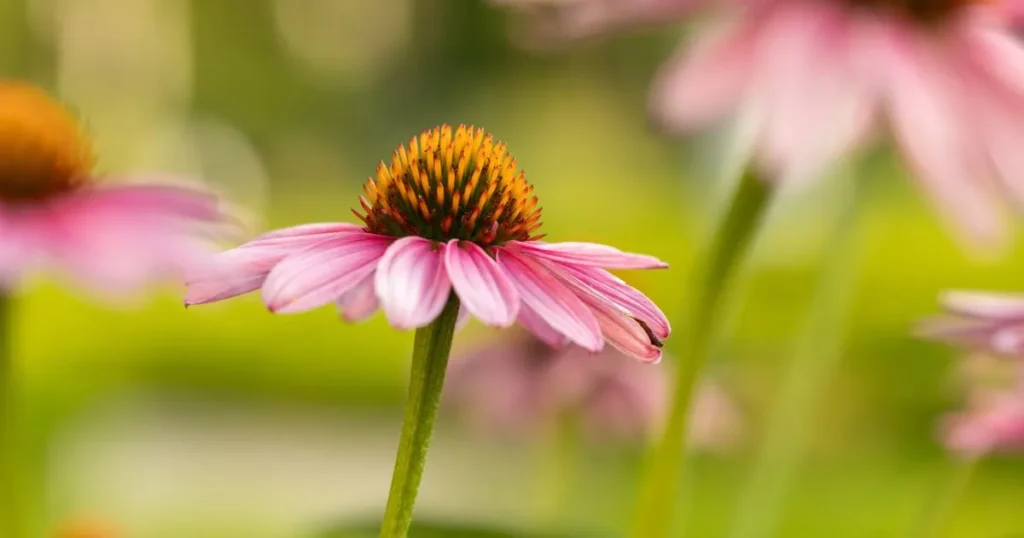
Understanding Coneflowers
What Are Coneflowers?
Coneflowers are herbaceous perennials that belong to the daisy family (Asteraceae). They are characterized by their prominent, cone-shaped centers surrounded by petals that radiate outward. The most common species is Echinacea purpurea, or purple coneflower, but there are many other varieties available in shades of pink, white, yellow, and orange.
Coneflowers are not only beautiful but also beneficial to the ecosystem. They attract bees, butterflies, and other pollinators, making them an excellent choice for pollinator gardens. Additionally, some species of coneflowers are used in herbal medicine for their potential immune-boosting properties.
Popular Coneflower Varieties
When it comes to coneflower care, understanding the different varieties can help you choose the best ones for your garden. Here are some popular options:
- Purple Coneflower (Echinacea purpurea): The classic choice, known for its purple petals and orange-brown centers.
- White Swan Coneflower (Echinacea purpurea ‘White Swan’): A stunning white variety that adds elegance to any garden.
- Cheyenne Spirit Coneflower: A mix of colors, including red, orange, yellow, and purple, perfect for adding vibrancy.
- Green Jewel Coneflower (Echinacea ‘Green Jewel’): Unique for its greenish petals, this variety is a conversation starter.
- Hot Papaya Coneflower (Echinacea ‘Hot Papaya’): Known for its double blooms and vibrant orange-red color.

Planting Coneflowe
Choosing the Right Location
Coneflower care starts with selecting the right location. These plants thrive in full sun, requiring at least 6 hours of direct sunlight per day. While they can tolerate partial shade, too much shade can lead to leggy growth and fewer blooms.
Soil Requirements
Coneflowers prefer well-draining soil with a neutral to slightly acidic pH (6.0 to 7.0). They are drought-tolerant once established but do best in soil that retains some moisture. If your soil is heavy or clay-like, consider amending it with compost or sand to improve drainage.
Planting Steps
- Timing: Plant coneflowers in the spring or early fall to give them time to establish their roots before extreme weather sets in.
- Spacing: Space plants 18 to 24 inches apart to allow for proper air circulation and growth.
- Depth: Dig a hole slightly larger than the root ball and place the plant at the same depth it was in its container.
- Watering: Water thoroughly after planting to help the roots settle.
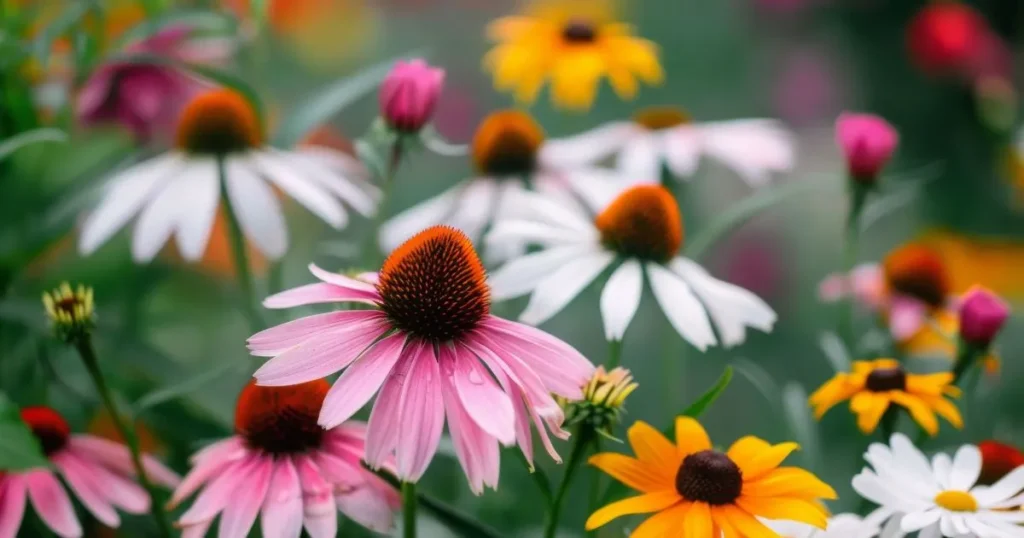
Watering and Fertilizing Coneflowers
Watering Needs
Coneflowers are drought-tolerant, but they still need regular watering, especially during their first growing season. Water deeply once a week, allowing the soil to dry out between waterings. Overwatering can lead to root rot, so it’s important to strike a balance.
Fertilizing Tips
Coneflowers are not heavy feeders, making them easy to care for. A light application of balanced, slow-release fertilizer in the spring is usually sufficient. Avoid over-fertilizing, as this can lead to excessive foliage growth at the expense of blooms.

Pruning and Deadheading Coneflowers
Why Prune Coneflowers?
Pruning is an essential part of coneflower care. It helps maintain the plant’s shape, encourages bushier growth, and prolongs the blooming season.
How to Deadhead Coneflowers
Deadheading, or removing spent flowers, is a simple way to keep your coneflowers looking tidy and encourage new blooms. Use clean, sharp scissors to cut the flower stem just above the next set of leaves.
Cutting Back in Fall
In late fall, you can cut back your coneflowers to about 3 to 4 inches above the ground. This helps prevent disease and prepares the plant for winter.

Dealing with Pests and Diseases
Common Pests
Coneflowers are relatively pest-resistant, but they can occasionally attract aphids, Japanese beetles, and leafhoppers. Regularly inspect your plants and remove pests by hand or use insecticidal soap if necessary.
Common Diseases
Coneflowers can be susceptible to fungal diseases like powdery mildew and aster yellows. To prevent these issues, ensure proper spacing, avoid overhead watering, and remove any infected plants promptly.
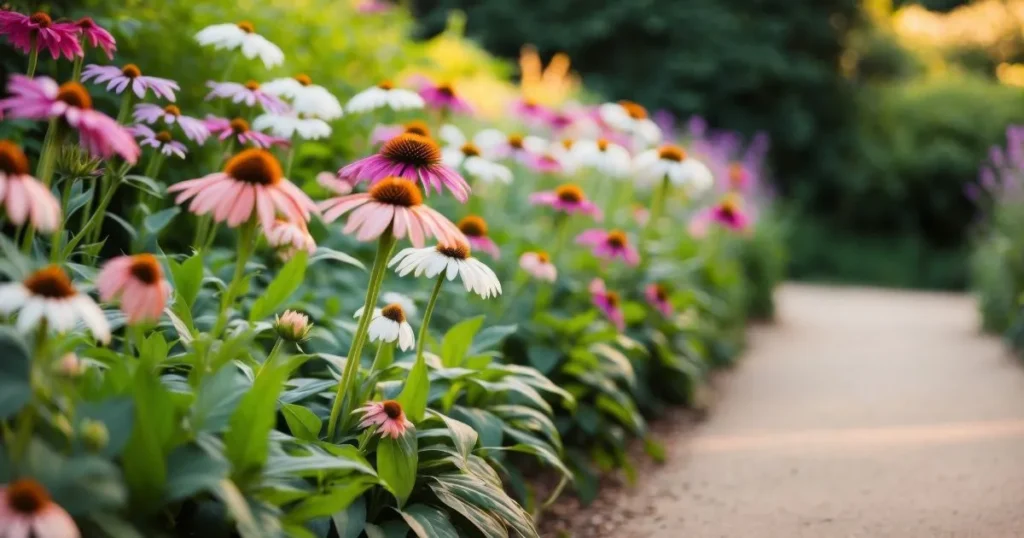
Overwintering Coneflowers
Preparing for Winter
Coneflowers are hardy plants that can survive cold winters. In late fall, cut back the foliage and apply a layer of mulch around the base of the plant to protect the roots from freezing temperatures.
Dividing Coneflowers
Every 3 to 4 years, consider dividing your coneflowers to prevent overcrowding and promote healthy growth. Dig up the plant in early spring or fall, separate the root clumps, and replant them in well-prepared soil.
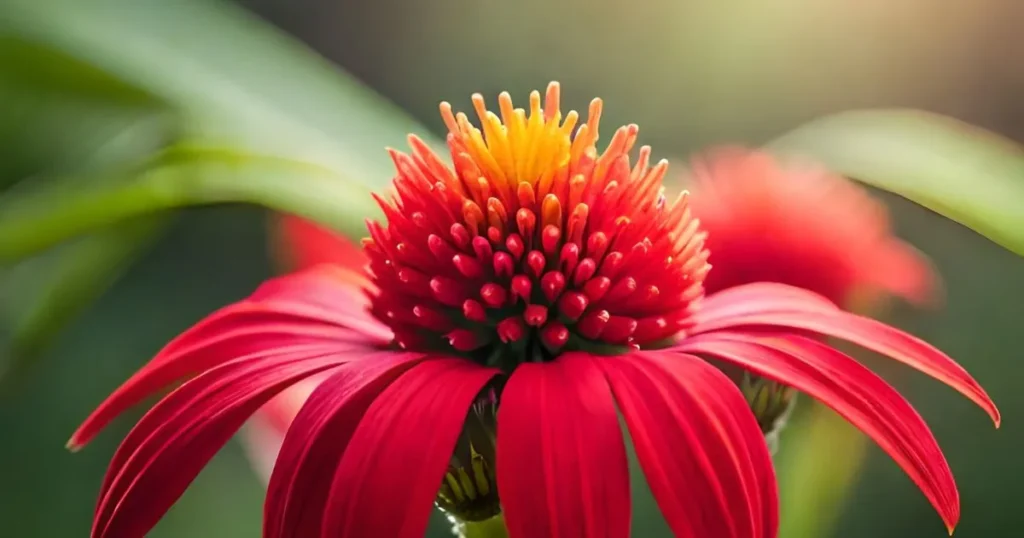
Using Coneflowers in Garden Design
Companion Plants
Coneflowers pair well with other sun-loving perennials like black-eyed Susans, salvia, and ornamental grasses. They also look stunning when planted in mass groupings or mixed borders.
Attracting Pollinators
If you want to create a pollinator-friendly garden, coneflowers are a must. Their nectar-rich blooms attract bees, butterflies, and even hummingbirds.

Conclusion
Coneflower care is relatively simple, making these plants a great choice for gardeners of all skill levels. By providing the right growing conditions, regular maintenance, and a little attention, you can enjoy the beauty and benefits of coneflowers for years to come. Whether you’re planting them for their vibrant colors, their ability to attract pollinators, or their medicinal properties, coneflowers are a versatile and rewarding addition to any garden.
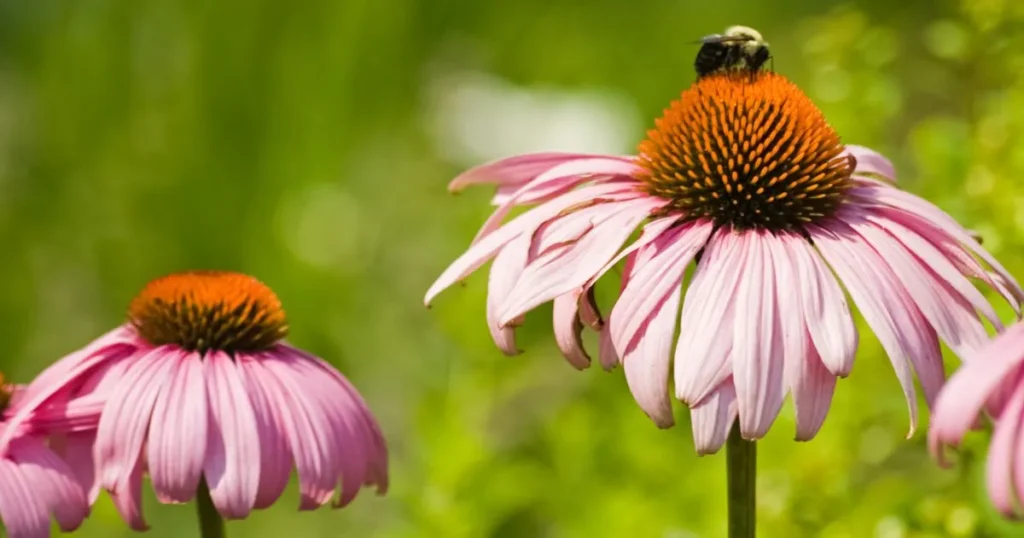
Frequently Asked Questions (FAQ)
How often should I water coneflowers?
Coneflowers should be watered deeply once a week, especially during their first growing season. Once established, they are drought-tolerant and require less frequent watering.
Do coneflowers need full sun?
Yes, coneflowers thrive in full sun and require at least 6 hours of direct sunlight per day. They can tolerate partial shade but may produce fewer blooms.
How do I prevent powdery mildew on coneflowers?
To prevent powdery mildew, ensure proper spacing between plants, avoid overhead watering, and remove any infected foliage promptly.
Can I grow coneflowers in containers?
Yes, coneflowers can be grown in containers as long as the pot has good drainage and the plants receive adequate sunlight.
When is the best time to divide coneflowers?
The best time to divide coneflowers is in early spring or fall when the plants are not actively blooming.

